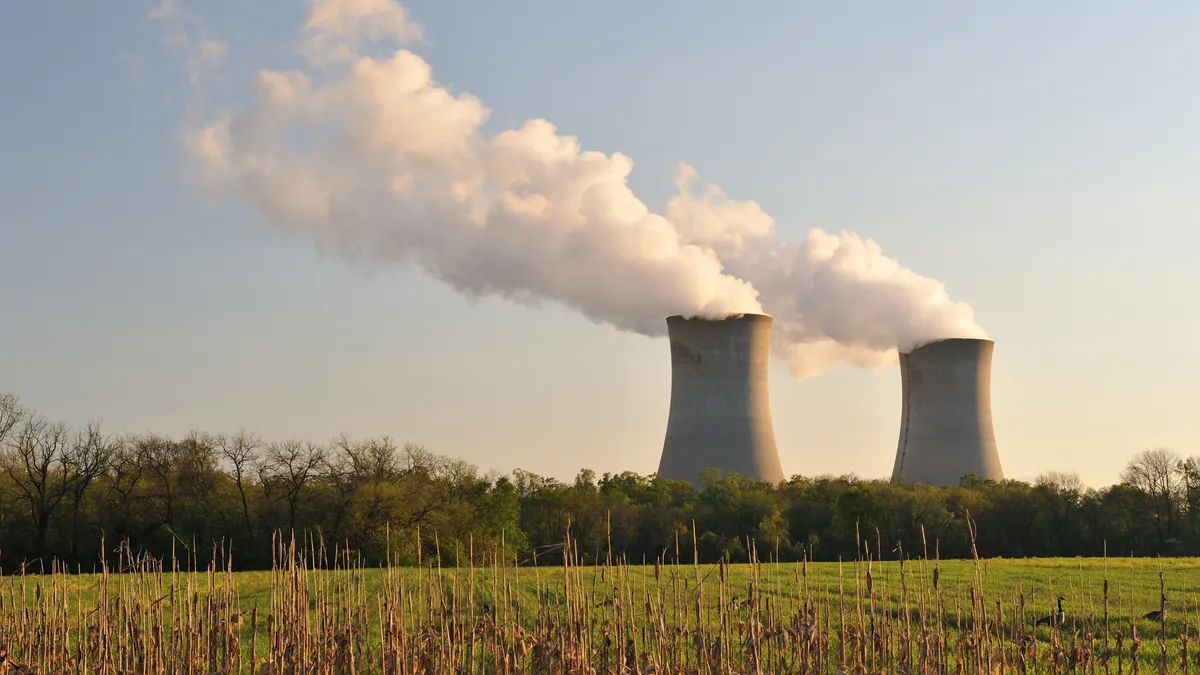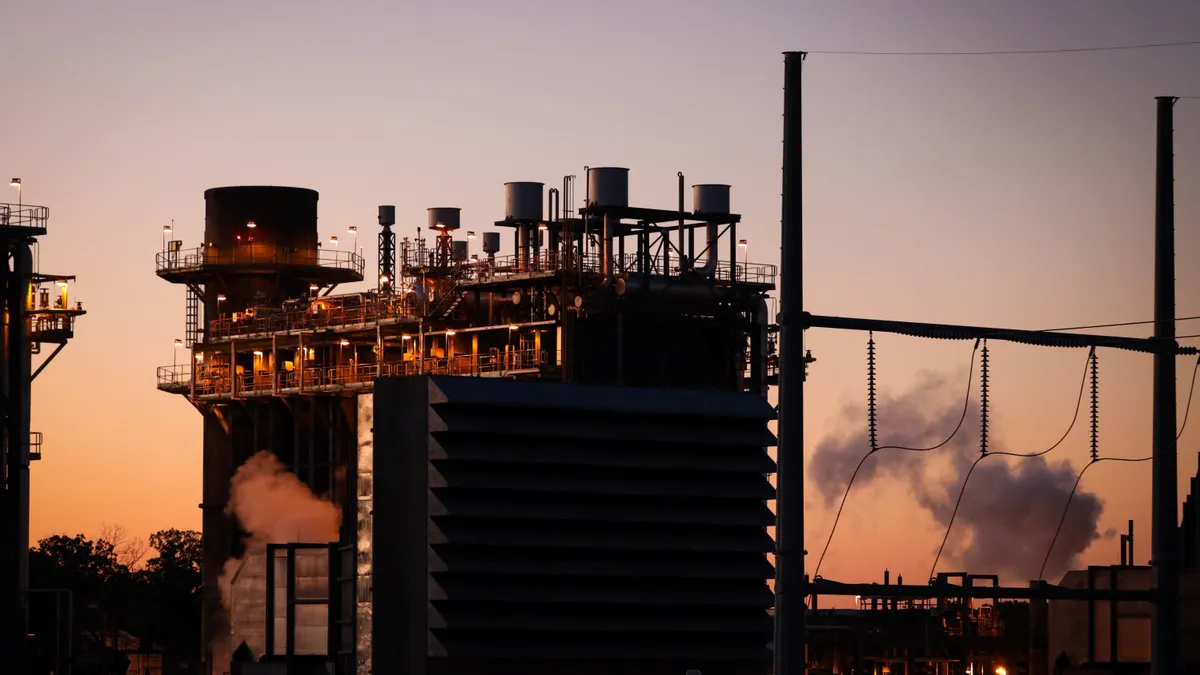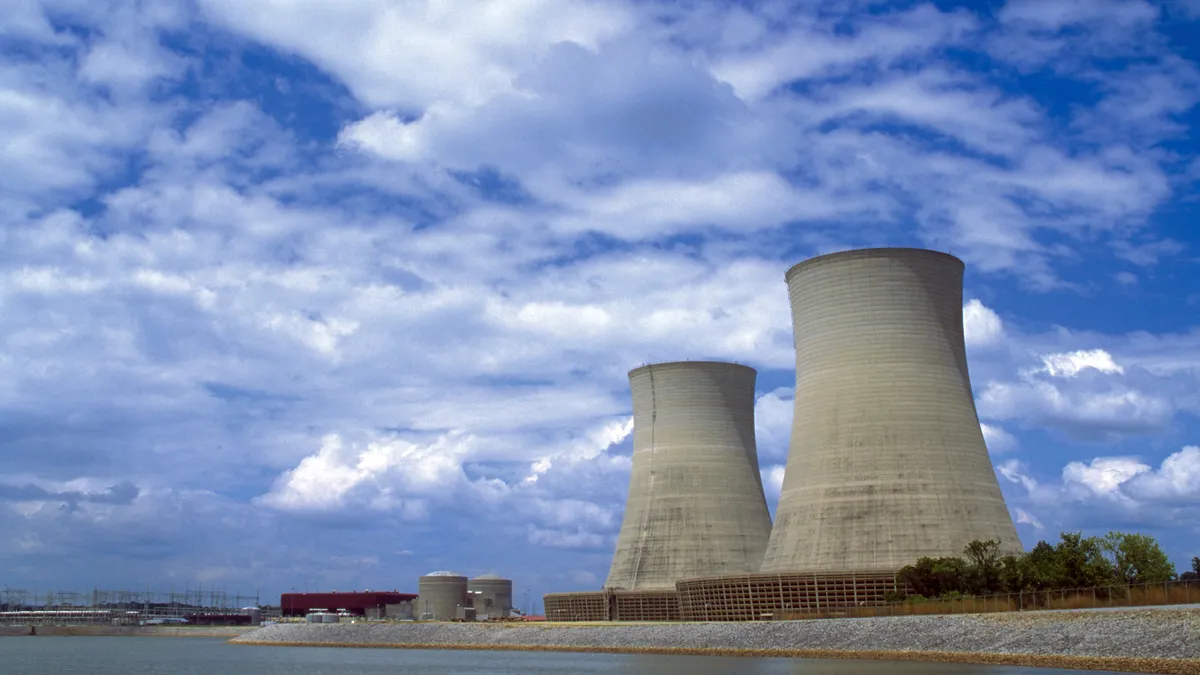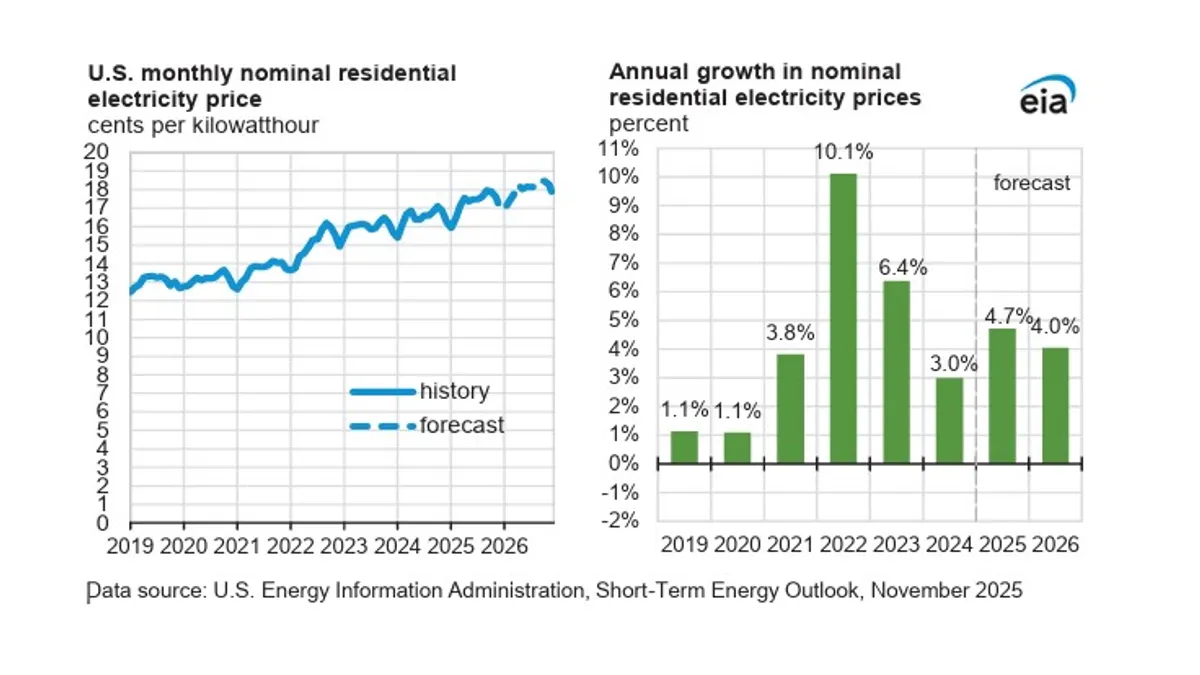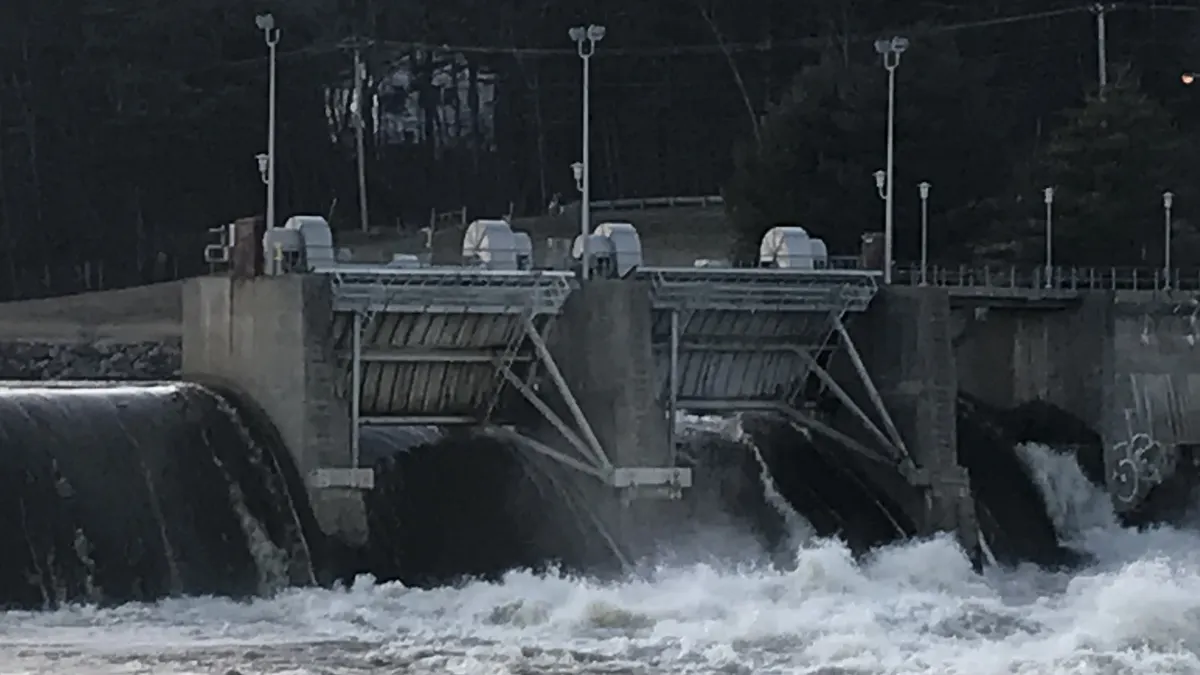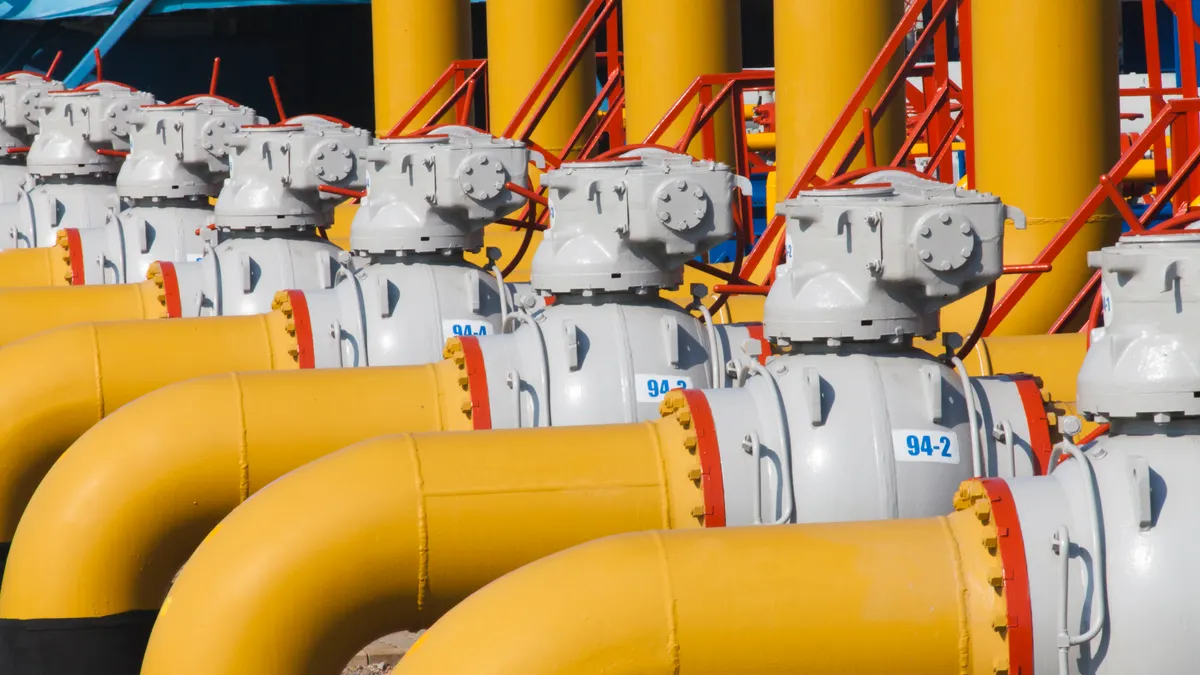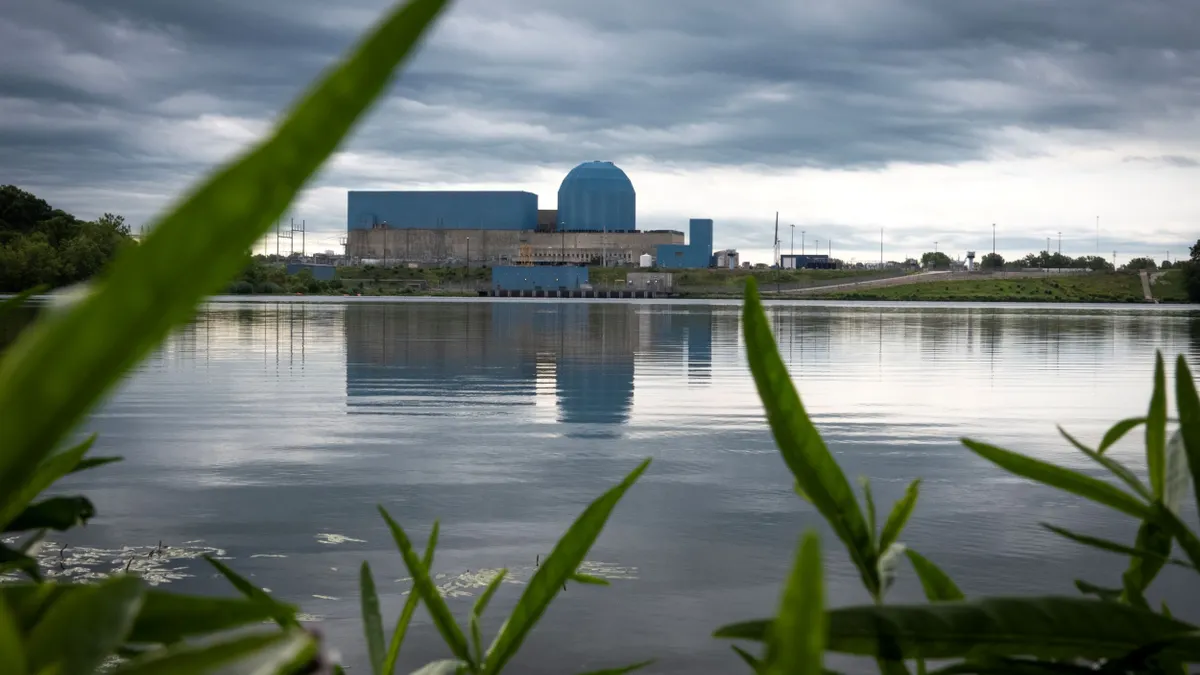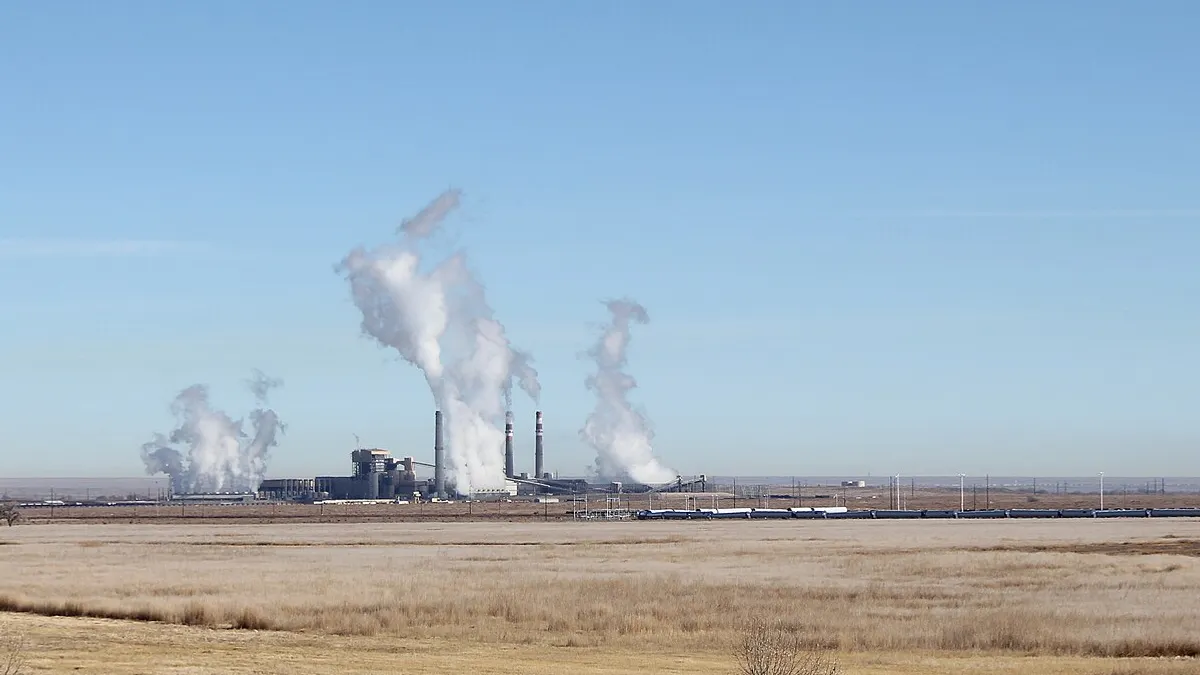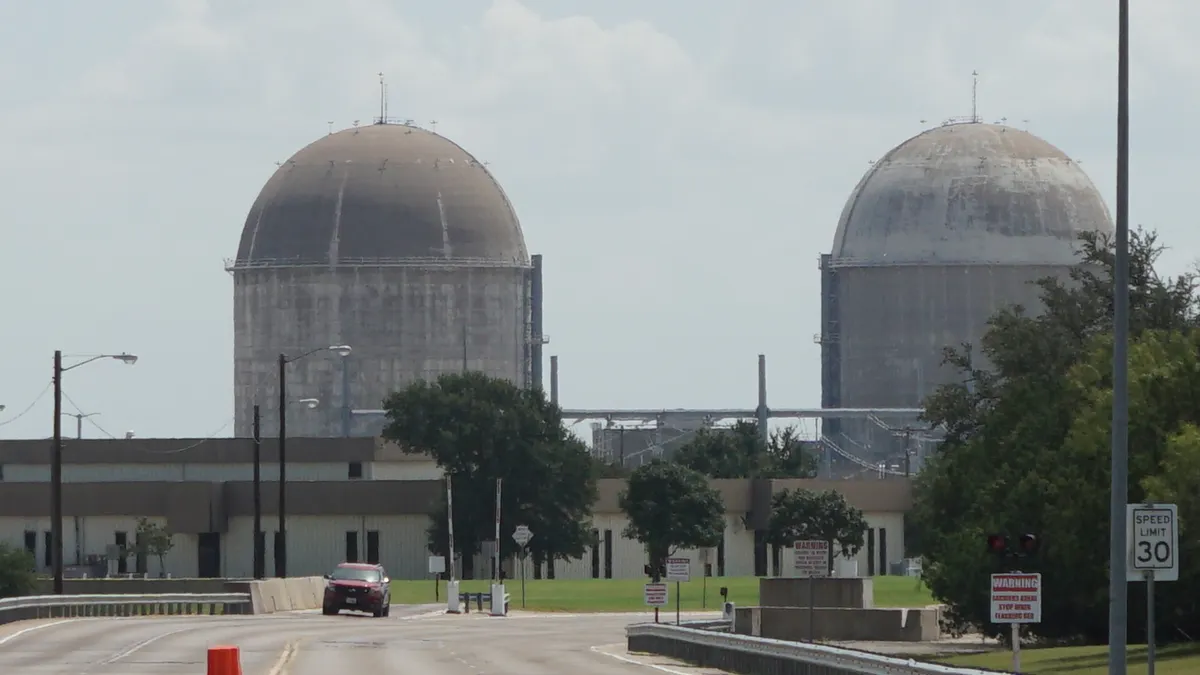Jocelyn Lavallo is a partner in Foley & Lardner’s energy and infrastructure sector.
The Department of Energy’s new reactor pilot program is not just another research initiative. It represents a bold experiment to see if advanced nuclear can move from concepts to real projects, and do so rapidly. If successful, this program could redefine how the United States develops nuclear energy; if it fails, it may reinforce lingering doubts about the ability of the U.S. to build next-generation nuclear projects at scale.
Established under one of the four executive orders signed May 23, 2025, the program directs DOE to authorize advanced reactor demonstration projects outside of national labs, and is aimed at achieving “criticality” for at least three test reactors by July 4, 2026. A request for applications was issued on June 18 and initial selections followed on Aug. 12, with DOE picking 11 projects from 10 companies. Subsequent applications are permitted on a rolling basis.
Crucially, these reactors will be authorized solely by DOE, bypassing the Nuclear Regulatory Commission, as permitted under DOE’s authority under the Atomic Energy Act. The companies must self-finance each project, from design through decommissioning, and select their own sites.
The program could succeed in multiple ways.
- Fast-track from lab to launch. By setting a clear deadline of three reactors nearing criticality in just over a year, DOE is stepping up to bridge the gap between design and operation. This is a departure from nuclear’s usual timeline of many years, even a decade, from licensing through construction.
- Unlocking private capital. Investor interest in nuclear energy has grown, but regulatory, cost and construction schedule uncertainty has so far slowed turning the interest into project finance for advanced nuclear in the U.S. DOE’s pilot approach provides timely government authorization and a clearer path to future NRC licensing. That clarity reduces perceived risk and could catalyze private equity, infrastructure funds, and utility investment.
- U.S. reclaims strategic leadership. China and Russia have operating advanced reactors, and countries like Canada, the U.K. and France are pursuing SMRs aggressively. A rapid U.S. demonstration fleet signals that America intends to compete both economically and geopolitically in nuclear energy.
Why this could be a game-changer
If even one of these pilot reactors goes critical and demonstrates commercial operation safely, the impact could be transformational. It would prove that modular reactor designs can work at scale, supply investors with real-world reference projects and shift broader planning from “concept” to “commission.” In energy policy terms, it could start a nuclear renaissance, firming up the electrification and clean power goals of the 2030s and beyond. It could also help solve critical data center power needs as those needs expand beyond our current ability to power them.
However, this program carries a risk that must not be ignored. By relying solely on DOE authorization and bypassing NRC oversight, there is a real danger that the public may perceive these test reactors as subject to diluted safety standards, especially if DOE staffing or technical capacity is diminished. If nuclear technology is associated with any regulatory loosening or political interference, it could erode public trust in nuclear safety, which is a trust that took decades of careful regulation to build.
This is more than a theoretical risk, it’s existential for the industry. Public confidence in nuclear regulation underpins everything from site licensing to financial underwriting. Without preserving institutional integrity at DOE and NRC, accelerated deployment could come undone in the courtroom, in the markets or in the media.
An additional pragmatic note is that many of these pilot projects involve modular or micro-reactors using novel designs, while at the same time we are seeing efforts to restart shuttered light-water reactor sites as the lowest-hanging fruit to bridge the gap until SMRs or micro-reactors can be commercially operational. This makes sense strategically — leveraging existing grid connections, workforce and regulatory familiarity — but it underscores the importance of ensuring that legacy licensing frameworks and safety standards remain rigorously applied.
Any misstep in the LWR restarting process or any other near-term, nuclear-adjacent activity, like fuel production or plutonium storage and transportation, could undermine the support and momentum that is currently propelling advanced nuclear projects.
Oversight must remain solid
Nuclear energy’s promise must always be balanced by an unshakable commitment to safety. While advanced reactor programs offer the potential for cleaner, more reliable power, the handling of nuclear fuel and materials is not a challenge that can be rushed or minimized. Each step in the nuclear regulatory oversight process should meet the highest standards, including dismantling retired nuclear warheads and storing plutonium, as well as managing the spent fuel from our existing fleet of reactors.
Each of these steps reflects a hard-earned truth — nuclear fission material remain hazardous for decades or even centuries, and they demand the highest standards of care.
If public confidence is to grow alongside investment in new nuclear technology, safety in fuel management and long-term storage must be non-negotiable. Moving too quickly, or lowering oversight in the name of speed, risks repeating past mistakes and undermining the very future this program is designed to build.
This 10-Reactor Fleet Program is a rare moment in U.S. energy policy and a chance to move quickly, demonstrate technical feasibility, attract capital and reset the narrative on domestic advanced nuclear, but the path is narrow. An unwavering commitment to regulatory integrity will determine whether this pilot marks a renaissance or serves as a cautionary tale.


